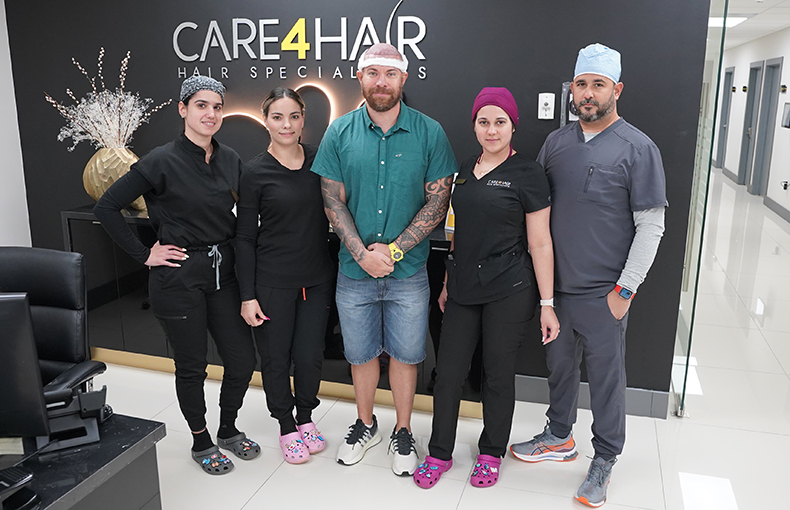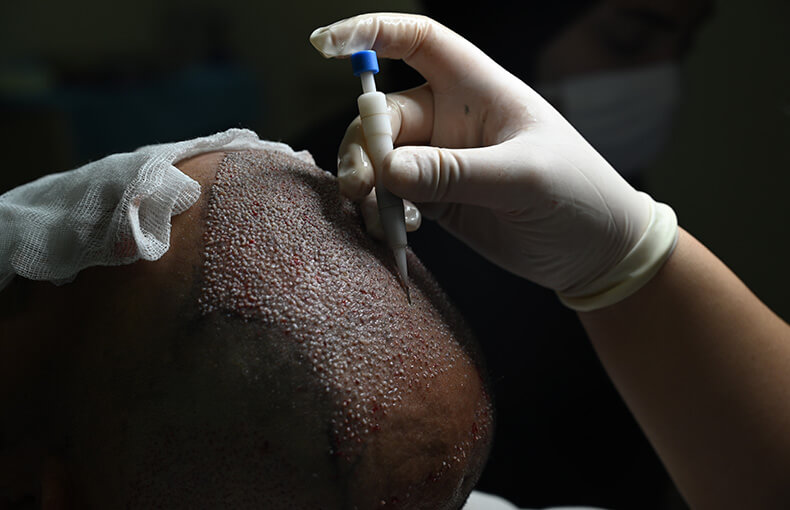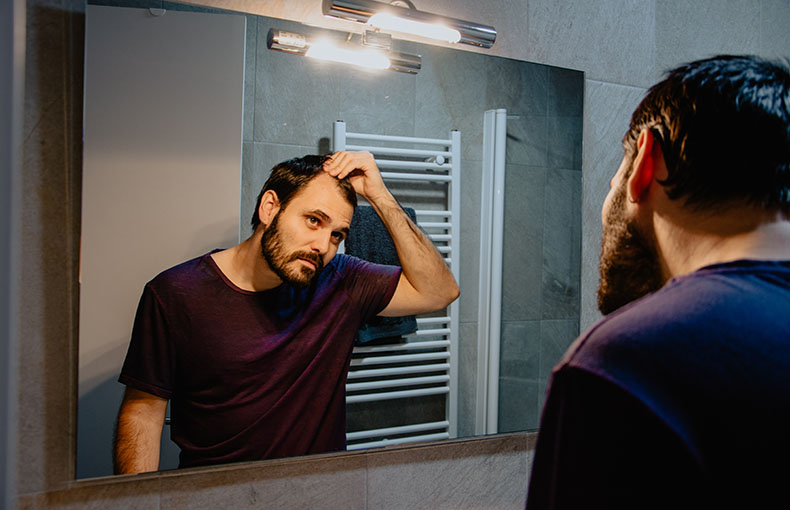
Recovering from a Hair Transplant
Many people choose to get hair transplants because they want to restore the youthful look of their younger years. Indeed, hair loss can be a very disheartening experience because it can happen quite randomly for reasons beyond our control, such as genetics or, as in the case of women, the hormonal imbalances after pregnancy. A hair transplant can therefore be a transformative experience for some people. So, what if you’ve had a hair transplant and you’re now recovering?
A hair transplant is not as intrusive as other cosmetic or reconstructive surgeries. At Care4Hair, you can choose Follicular Unit Extraction (FUE) or Follicular Unit Transfer (FUT). Depending on the procedure you opt for, the recovery times are much shorter and less prone to complications if you take the proper care.
You will likely experience throbbing, aching, and some bruising following a hair transplant surgery. The area operated on will look redder than the surrounding regions. Your surgeon is also likely to prescribe medication to make any discomfort, pain or inflammation more manageable.
An important thing to keep in mind is that the follicles will shed their old hairs for about six weeks after the follicles have been grafted into the new region of the scalp. This will seem like you are losing your newly implanted hair, but you shouldn’t worry about this. This is the way the newly grafted follicles acclimate to their new location. The follicles will remain in place even if they shed their hair. The success of your procedure will depend on the follicles’ integration into their new area.
Overall, your recovery will be determined by the level of precautions you take to ensure the success of your procedure. Overall, this boils down to the following two general rules: 1) avoid engaging in activities that cause blood to rush into your head and 2) avoid putting pressure on the areas of your scalp where hair has been newly grafted.
First, you should avoid doing activities that cause blood to rush into your head. A hair transplant is a surgery, and as such, it involves a level of trauma and bleeding that demands that scarring and healing proceed without issues. You should avoid exercise activities like push-ups, sit-ups, pull-ups, or cardio during the first 72 hours following the surgery and more strenuous exercise for up to three weeks following surgery. Some doctors have even recommended that you avoid sexual activity for ten days following surgery. This may cause unnecessary bleeding in the scalp that may delay the onset of healthy scabbing.
Second, most of the precautions you can take to ensure the success of your hair transplant involve, first and foremost, avoiding putting pressure on your scalp, especially on the region with the newly grafted follicles. For at least a week, you should avoid headwear like hats, pins, headbands or other accessories that may put undue pressure on your head. Headwear can prevent the newly-grafted hair follicles from integrating appropriately. Similarly, for 72 hours after surgery, you should avoid washing your head by directly placing your scalp directly under the showerhead. If you wish to bathe your scalp, try to do so by lathering up shampoo and water and lightly pouring it over your head.
Your recovery will demand that you avoid alcohol and smoking while your scalp heals. As mentioned above, a natural part of the healing process is scabbing where the follicles have been injected. Bleeding occurs naturally, and this is to be expected. Alcohol, however, is a blood thinner that inhibits blood coagulation and the emergence of scabs. The nicotine found in cigarettes and vapes, on the other hand, constricts the blood vessels, delaying the flow of blood into the scalp, which is needed for scabbing to begin the healing process.
Of course, scabbing will make your scalp itchy and flaky, and you must avoid the urge to scratch your scalp. Scratching can not only add pressure that prevents the follicle from integrating well into its new home but may also entirely dislodge it with your nails.
Your results will take about five to six months to show substantially. By ten months, the new hair will be thicker and more noticeable. It may take up to a year for the new hair to show final visible results. You should always address your concerns with your hair transplant surgeons at Care4Hair, who will happily help you determine if you’re a candidate for a hair transplant and what your recovery process will look like.




















